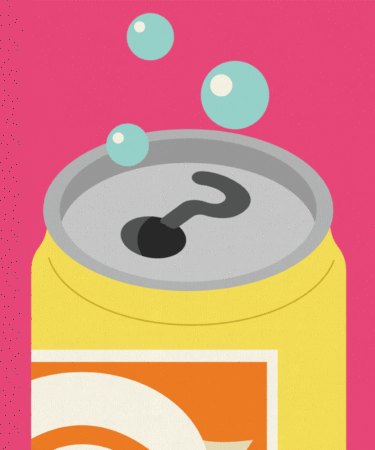Hard seltzer and beer are the same in many ways: Both are brewed and fermented, using a sugar source to create a sweet liquid that, with yeast, will turn into alcohol. The key difference is what is fermented. In beer’s case, malted grains are mashed in hot water in order to extract the sugars from the grains to make a wort. The wort is then boiled and cooled — hops are also added in these stages — and when the wort is cooled and yeast is added, it turns the sugary mixture into alcohol.
When it comes to hard seltzer, while grains can be used, brewers usually skip this process and go straight to fermenting straight-up sugar or cane sugar in water. The result is a clear alcohol that is carbonated after fermentation. Beer gets its wide range of color from the grains and other ingredients or adjuncts used in the brewing process.
Both processes create the desired effect: Yeast eats the sugar and creates the byproduct we know as alcohol, but in the case of hard seltzer, using nothing but sugar and water creates a blank canvas that allows for the addition of fruit flavorings, while giving the brewer additional control to keep calories and carbs low. After all, having lower calories is one of the main selling points of hard seltzer in the first place.
